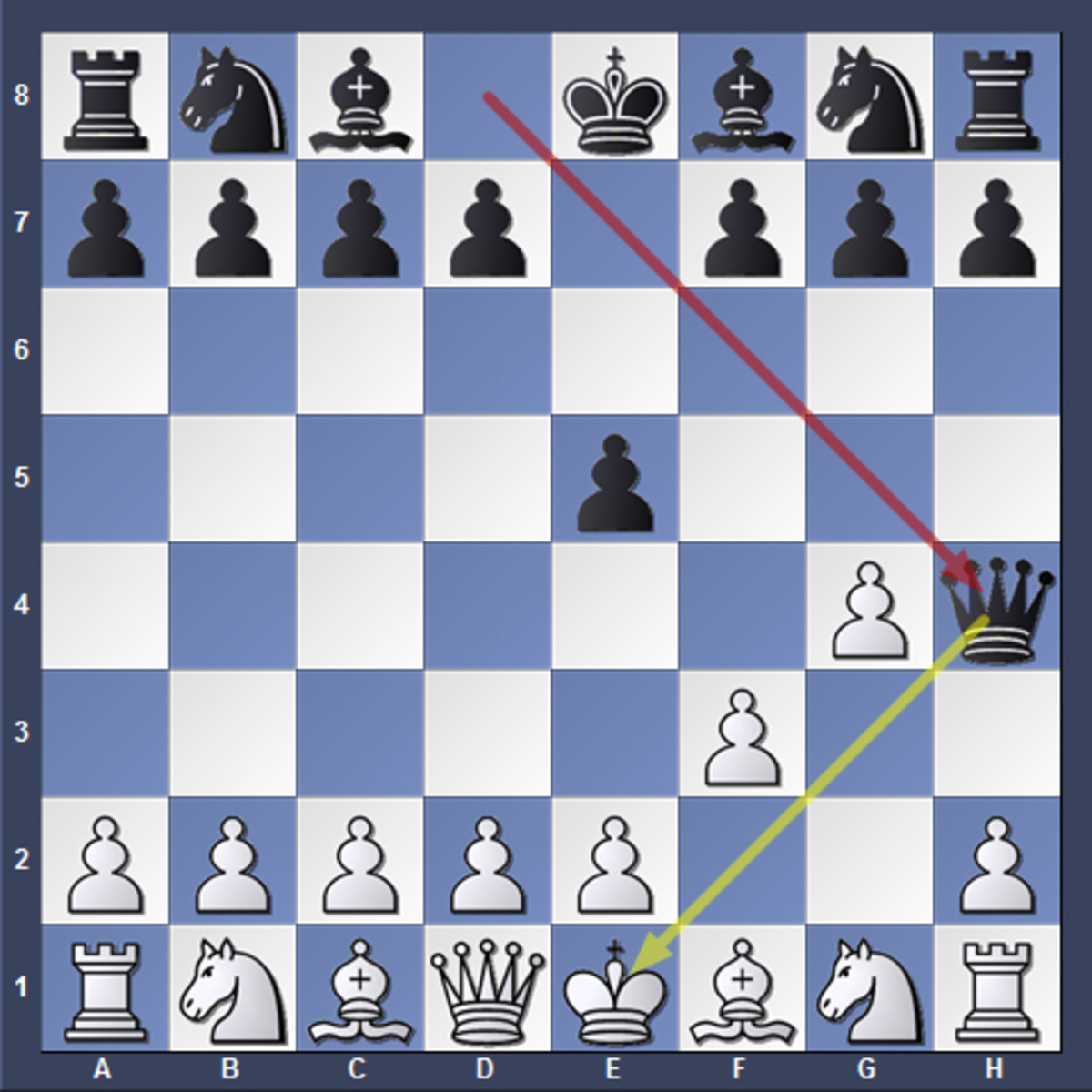How to Play Chess: A Comprehensive Guide for Beginners
Chess is one of the oldest and most revered board games in history. It blends strategy, tactics, and skill to create a challenging puzzle that has captivated millions. Whether you are looking to challenge a friend, improve your cognitive skills, or simply enjoy a classic pastime, learning how to play chess is a rewarding experience. In this guide, we’ll walk you through the essential rules, strategies, and tips that every beginner should know.
1. Understanding the Chess Board and Pieces
The chessboard consists of 64 squares arranged in an 8×8 grid. Each player starts with 16 pieces, which include:
- 1 King: The most crucial piece. The game ends if your king is checkmated.
- 1 Queen: The most powerful piece, capable of moving in any direction.
- 2 Rooks: Move in straight lines, either horizontally or vertically.
- 2 Bishops: Move diagonally across the board.
- 2 Knights: Move in an “L” shape and can jump over other pieces.
- 8 Pawns: Move forward one square and capture diagonally.
2. Setting Up the Board
Setting up the chessboard correctly is essential:
- The second row is filled with pawns.
- On the back row, from left to right, place the rooks, knights, bishops, queen, and king. Remember, the queen is on her own color (white queen on white square, black queen on black square).
3. The Objective of Chess
The primary goal in chess is to checkmate your opponent’s king. This occurs when the king is in a position to be captured (“in check”) and cannot escape capture in the following turn. You will also need to stay vigilant about your own king to avoid being checkmated.
4. Basic Rules of Playing Chess
Here are some fundamental rules to keep in mind:
- Each piece moves differently: Understand how each piece moves and takes turns during the game.
- Capturing: To capture an opponent’s piece, move your piece to the square occupied by their piece.
- Check and Checkmate: If your king can be captured on the next move, it’s in check. If there are no legal moves to escape, it’s checkmate.
- Stalemate: If a player cannot make a move and their king is not in check, it’s a draw.
5. Special Moves in Chess
Understanding special moves can give you an advantage:
- Castling: A move combining the king and one of the rooks for a safer position. It can only be done under certain conditions.
- En Passant: A special pawn capture that can happen when a pawn moves two squares forward from its starting position.
- Pawn Promotion: When a pawn reaches the opposite side of the board, it can be promoted to any piece (except another king).
6. Basic Strategies for Beginners
While the game is rich with complex strategies, here are some simple tips that can help you improve:
- Control the Center: Central squares allow greater mobility and control over the board.
- Develop Your Pieces: Bring your knights and bishops out early to increase your influence on the board.
- Protect Your King: Make sure to castle early to ensure your king’s safety.
- Think Ahead: Always consider your opponent’s possible responses to your moves.

7. Final Thoughts
Chess is a game that improves with practice and experience. As you learn the rules and start playing, remember to stay patient and enjoy the process. There are countless resources, such as online tutorials and local clubs, that can help you refine your skills and deepen your understanding of this timeless game. Whether you’re aspiring to be a grandmaster or just playing for fun, the journey of learning chess is both fulfilling and exciting.